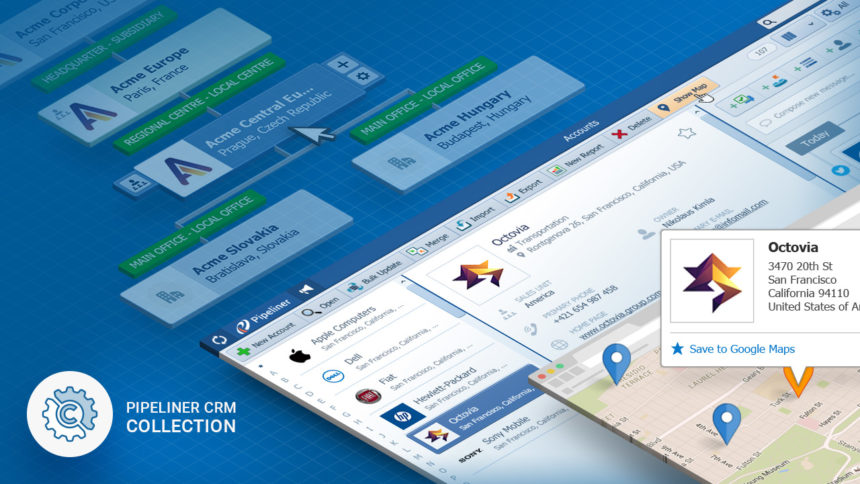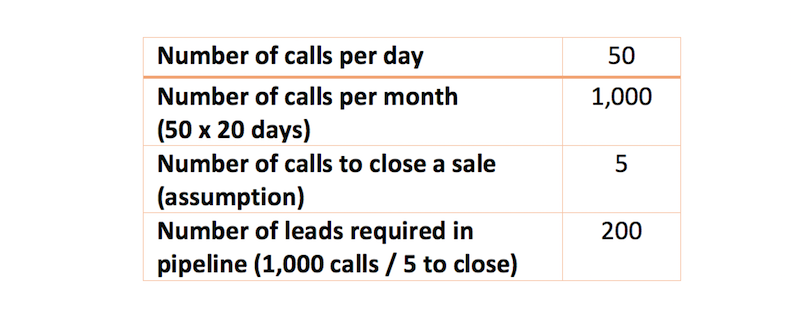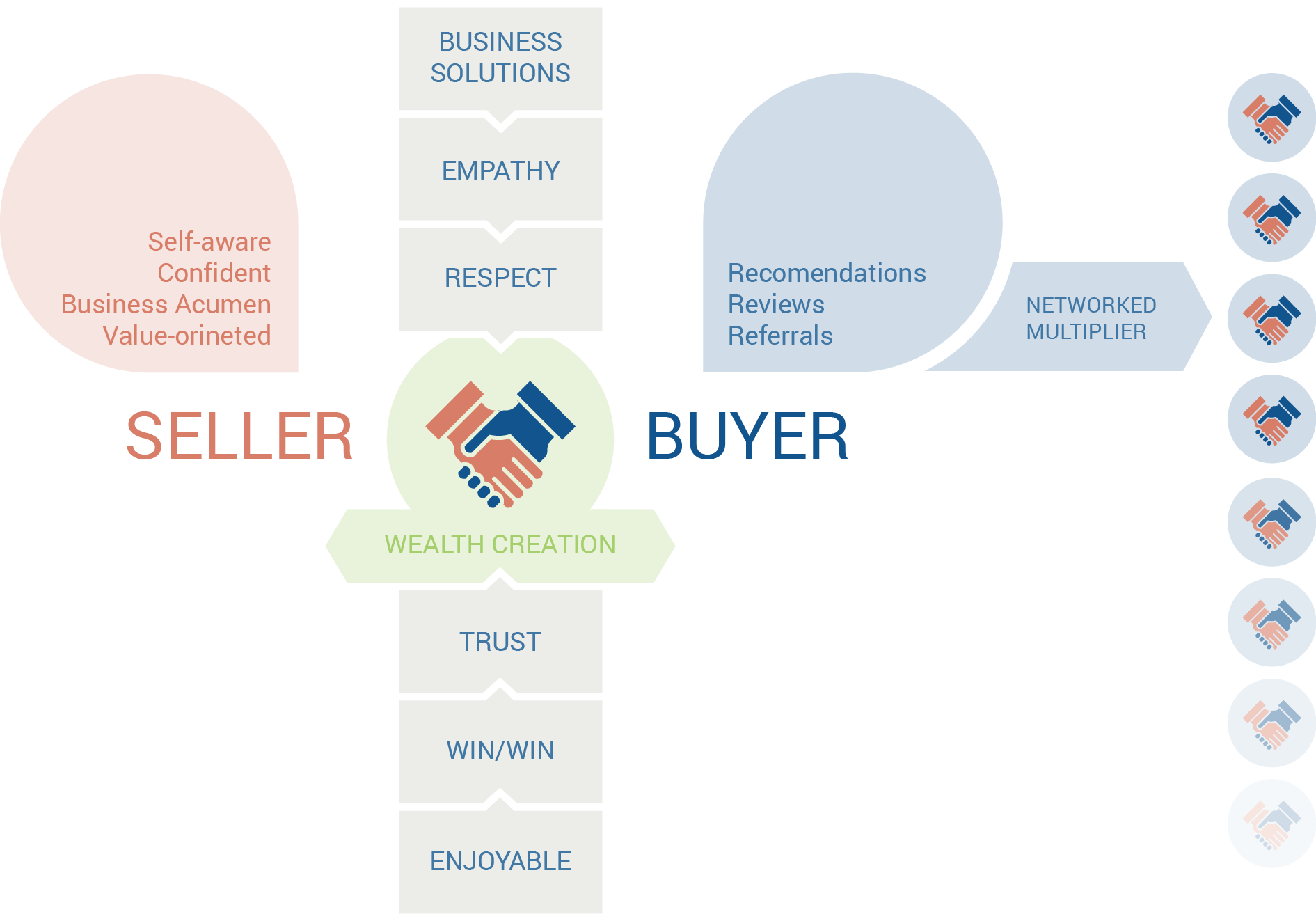Today we are releasing Pipeliner CRM Collection—another milestone for CRM users throughout the world!
With the release of our last version—Pipeliner Automata—we took a major stride in addressing today’s sales complexity with the very first CRM application to utilize the simplifying science of cybernetics.
The complexity of today’s sales landscape has of course continued—and so we have continued our trend of simplifying it with Pipeliner Collection.
This version takes its name from an 8-volume work written by ancient Greek mathematician Pappus of Alexandria in about 340 AD. Pappus’s Collection contained a systematically arranged account of the most important results obtained by his predecessors in the field of mathematics. It also included notes explaining and expanding on previous discoveries.
In a way similar to Pappus’s work, with Pipeliner CRM Collection we have consolidated and streamlined a number of Pipeliner’s already advanced data methods—taking vital features and rendering them even more efficient. We’re collecting data and visualizing it in an intelligent, mathematical form so that people can better grasp it.
The result is an even faster, more empowering Pipeliner CRM!
New Features
Associating and Consolidating Multiple Accounts
In today’s business world, several accounts can be related to each other. XYZ Company might own ABC Company, for example, and might require ABC Company to obtain approval prior to any major purchase. In Pipeliner, however, these 2 companies could be separately entered simply because they are different companies.
A sales rep on ABC’s account might discover that XYZ owns ABC, and would want that information known, especially since it affect’s ABC’s purchase process. Pipeliner’s new Parent Account allows you to assign a parent account to an existing account—in our example, XYZ Company would be assigned as a parent account to ABC Company. This new functionality also allows assignment, under one account, of multiple accounts.
Additionally a user can aggregate data from multiple accounts in a single selected account.
Merging Accounts and Contacts
What can you do if you discover that 2 Pipeliner accounts or contacts contain different data but actually belong in 1? With Pipeliner CRM Collection, you can simply merge 2 contacts or accounts into a single contact or account.
Compact View Expanded
Pipeliner’s unique Compact View was introduced in Pipeliner Phaenomena (version 7.5). This functionality allows you to, at a glance, see the last time a prospect was touched, the sales opportunities in which that prospect is involved, and activity from their running feed (latest social CRM updates, emails or internal messages).
With Pipeliner Collection, Compact View is expanded to include leads, opportunities, and opportunities within the Archive.
New KPI Dashboard Report
Pipeliner’s visual KPI Dashboard Reports is a primary feature that sets Pipeliner CRM far beyond its competitors. We have now added Pipeline Conversion Rates Chart—which provides conversion rates of a single rep or multiple reps within a team, at a glance.
Additional Enhancements
As with every new release, in Pipeliner Collection we have provided many additional enhancements to make Pipeliner CRM Collection the best possible choice for your company and sales team:
- View accounts or contacts on Google Maps
- Major advancements to our Pipeliner-exclusive CRM filter features
- Major advancements and upgrades to reporting features
- Major advancements and upgrades to Pipeliner Mobile
With Pipeliner Collection, Pipeliner CRM once again leaps ahead of the competition with even sleeker, more powerful Instant Intelligence, Visualized!













